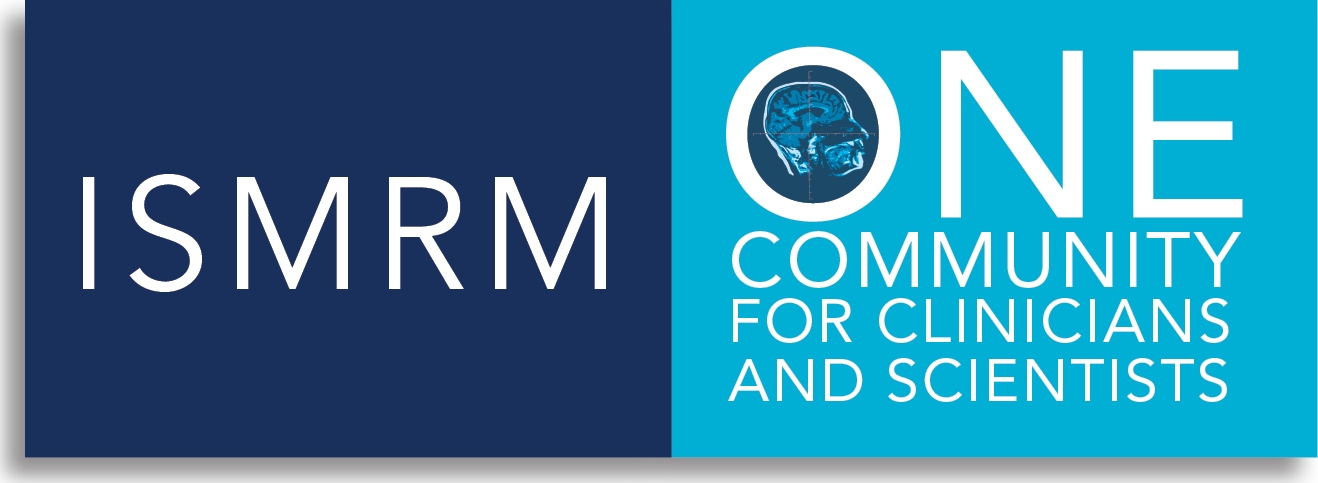We are pleased to announce the recent election
results for Vice President-Elect as well as four
Board members, who will be installed at our upcoming
business meeting on Wednesday, 14 May 2014, in
Milan, Italy, during the Joint Annual Meeting
ISMRM-ESMRMB. We extend our sincere thank you
to all the candidates for their participation in
this important process and our warm congratulations
to our new Vice President-Elect and four Board of
Trustees members.
Vice President-Elect

Garry E. Gold, M.D.
Stanford University
Palo Alto, CA, USA |
Clinician from outside North America
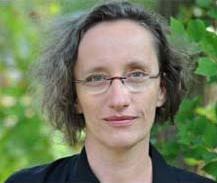
Jeanette Schulz-Menger, M.D.
Charite Campus Buch/HELIOS Clinics
Berlin, Germany |
Clinician from within North America
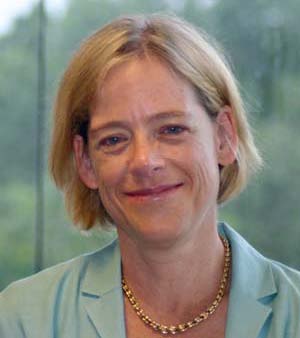
Patricia Ellen Grant, M.D., MSc.
Children's Hospital Boston
Boston, MA, USA |
Scientist from outside North America
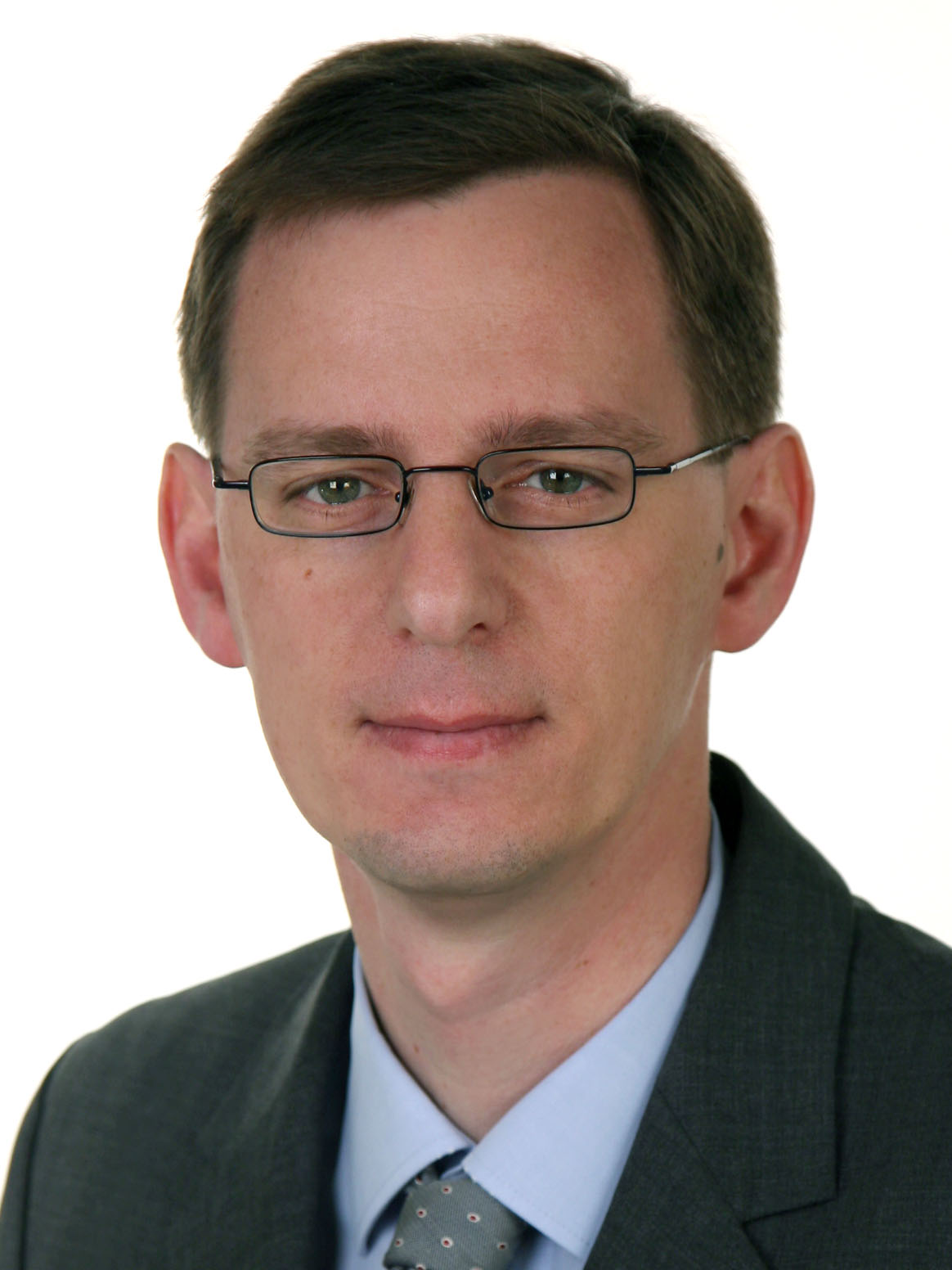
Michael Bock, Ph.D.
University of Freiburg
Freiburg, Germany |
Scientist from within North America
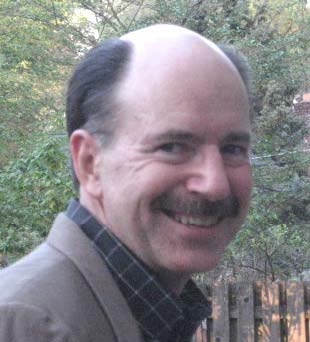
Joseph J. H. Ackerman, Ph.D.
Washington University
St. Louis, MO, USA |
Members also passed a bylaws amendment that enables
the introduction of a new procedure for conducting
our elections. Historically, ISMRM has been obliged
by the laws of Pennsylvania (where ISMRM is legally
incorporated) to conduct a postal vote to elect
members to the Board of Trustees and to the office
of Vice-President Elect. This has proved slow, and
increasingly cumbersome and expensive. Henceforth we
also have the option of electronic portal voting,
and this will be the preferred approach adopted. The
hope is that the participation rate in our elections
will be increased, thus better engaging our broad
membership base.
Another reform that is currently under discussion is
to harmonize the governance structures of our study
groups. At present ISMRM has 19 study groups, and a
rather bewildering number of leadership structures
for those study groups. This makes it difficult for
study group members to understand the roles of their
elected study group leaders, and also makes it
confusing for people who are nominated to stand for
election (many of whom are anyway members of more
than one study group).
Following consultation with study group leaders at
the Salt Lake City Annual Meeting, the ISMRM
Executive Committee has drawn up a proposal to
harmonize on a common study group leadership
structure that consists of the serial progression of
each elected leader through a series of roles. These
would consist of Secretary in Year 1, followed by
Vice-Chair in Year 2, followed by Chair in Year 3,
followed by Past-Chair in Year 4. Each role has
specific duties that cover the operations of a
typical study group. As such, once the new
governance structures are in place there would be an
Executive Committee for each study group that
consists of these four positions, with only one
election (to the role of Secretary) each year. In
addition, it is recommended that all study groups
have a Trainee Liaison Representative who would
serve as a bridge to the student and trainee
members, and for relevant study groups there should
also be a SMRT Liaison Representative.
Study groups are being encouraged to discuss these
proposals between now and the Milan Meeting (and/or
at their business meeting during the Milan Meeting),
so that study group members can vote on the
proposals. It is understood that it may take 2-3
years for study groups to transition towards these
new arrangements, a process that would be up to the
study groups to decide.
|

